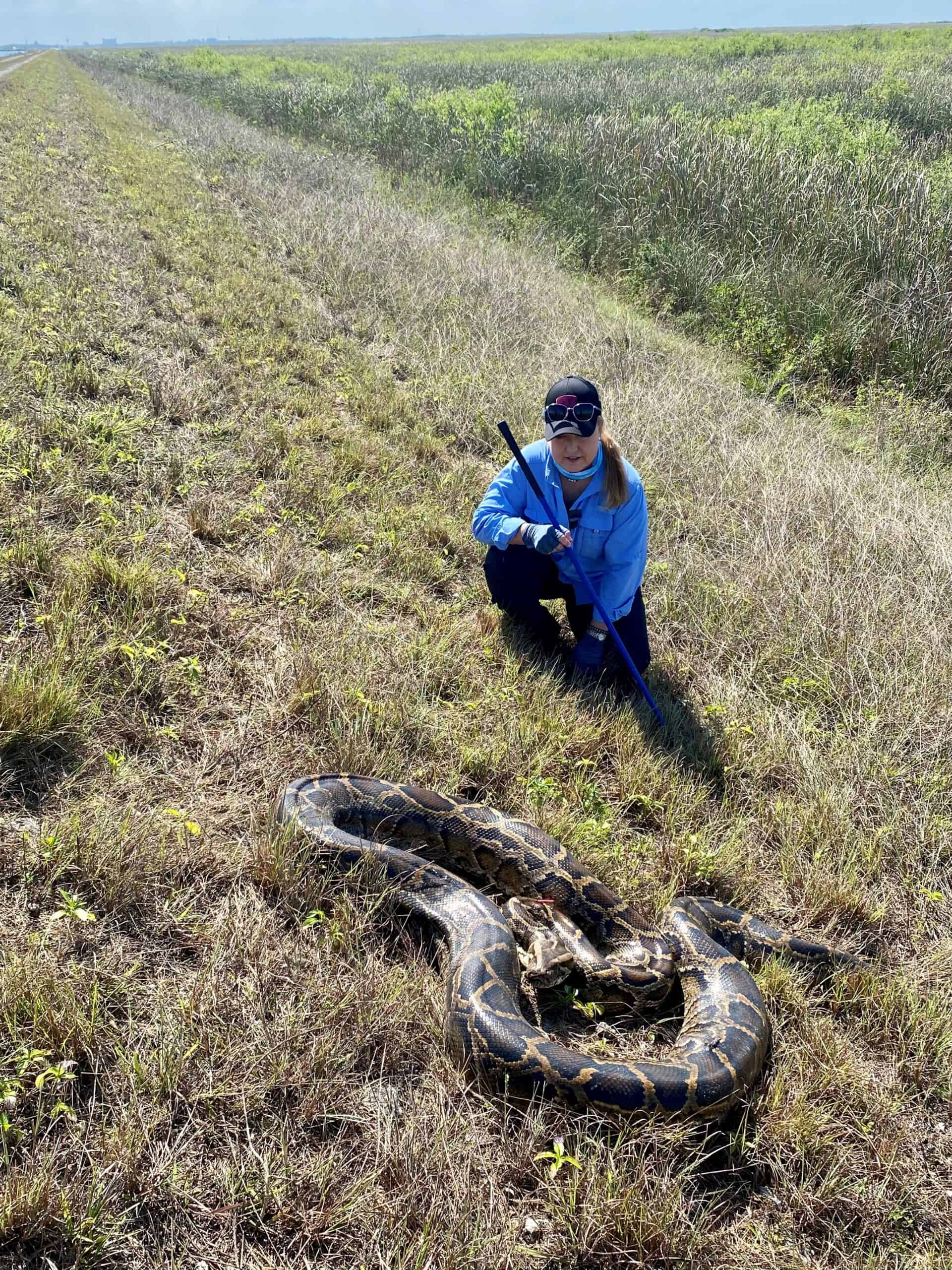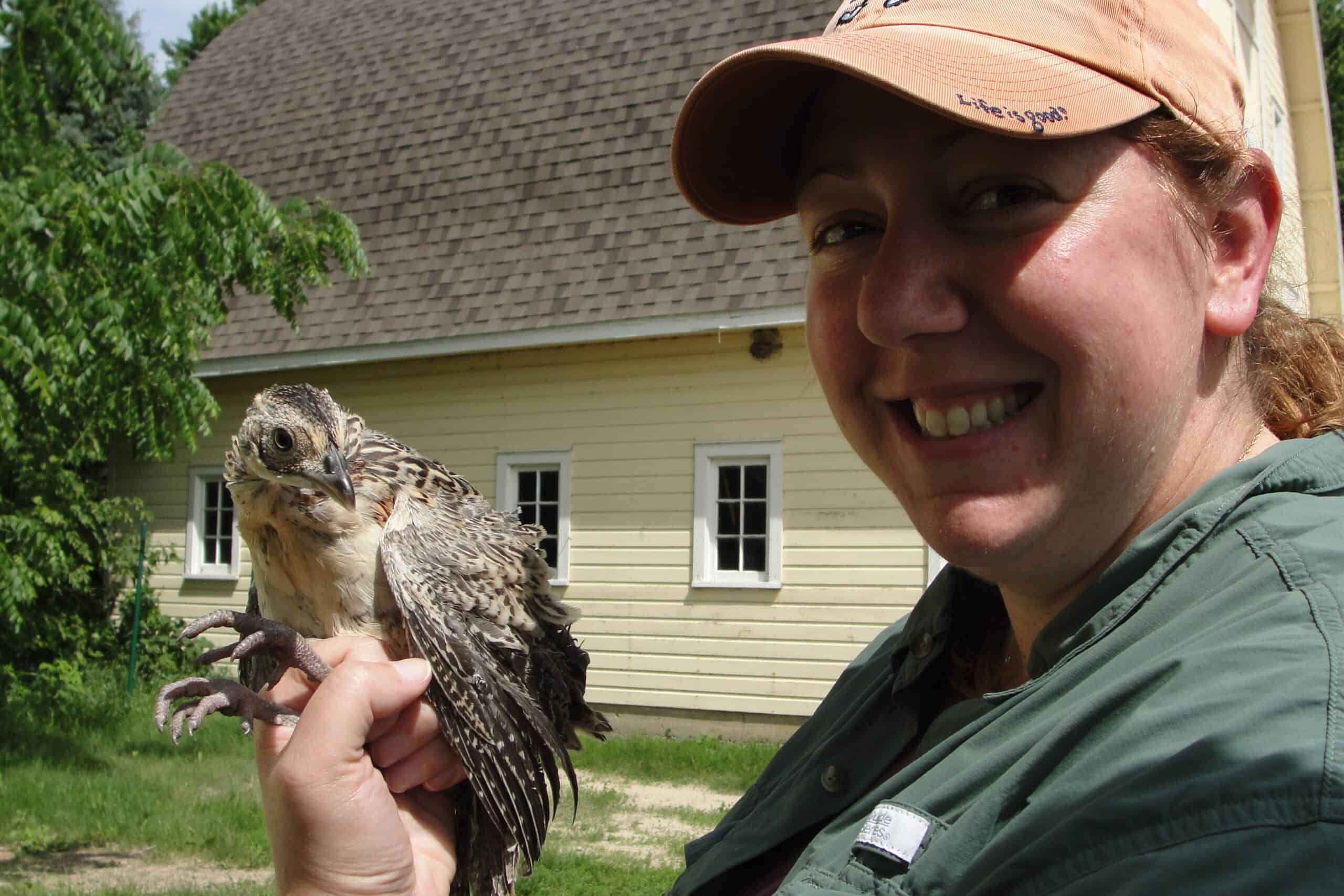Share this article
Earth’s biodiversity drops significantly
Biodiversity on over half of the Earth’s surface has dropped below a safe limit, according to a new study published in Science.
As part of what the researchers say is one of the most comprehensive quantifications of global biodiversity, the research team looked at the Biodiversity Intactness Index (BII), a measure of changes in species abundance.
In order to assess global changes in biodiversity, lead author Tim Newbold analyzed a database of more than 2.3 million records including more than 39,100 species living in 18,600 sites. These data represent the largest dataset compared with data that had been evaluated in previous studies looking at biodiversity intactness.
According to the researchers, a safe limit is a 10 percent reduction in biodiversity. This means that the habitat still has 90 percent of its original value.
After putting together a BII map, Newbold and his colleagues found that global diversity has dropped to 84.6 percent of the original value. The researchers worry that this drop below the “safe limit” of biodiversity intactness can threaten crop pollination, waste decomposition and regulation of the global carbon cycle.
Further, the researchers found that the impact of land use on biodiversity differs in different biomes. For example, grasslands are the most affected while tundra and boreal forests are the least affected by land use. Newbold and his colleagues also determined that nine out of 14 terrestrial biomes are below the suggested safe limit for biodiversity.
However, the researchers say there are some disparities between these model simulations and the emergence of new species. This highlights the need to understand the effects of new species on ecosystem function and the relationship to biodiversity loss, they say.
Header Image: Boreal forests such as this one near Council, Alaska are one of the biomes least affected by land use, according to a new study. ©Stan Wullschleger








